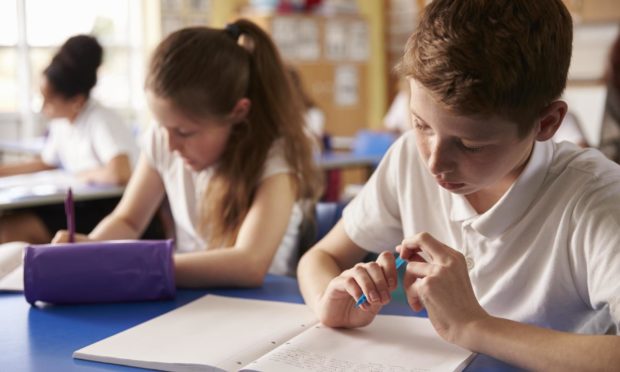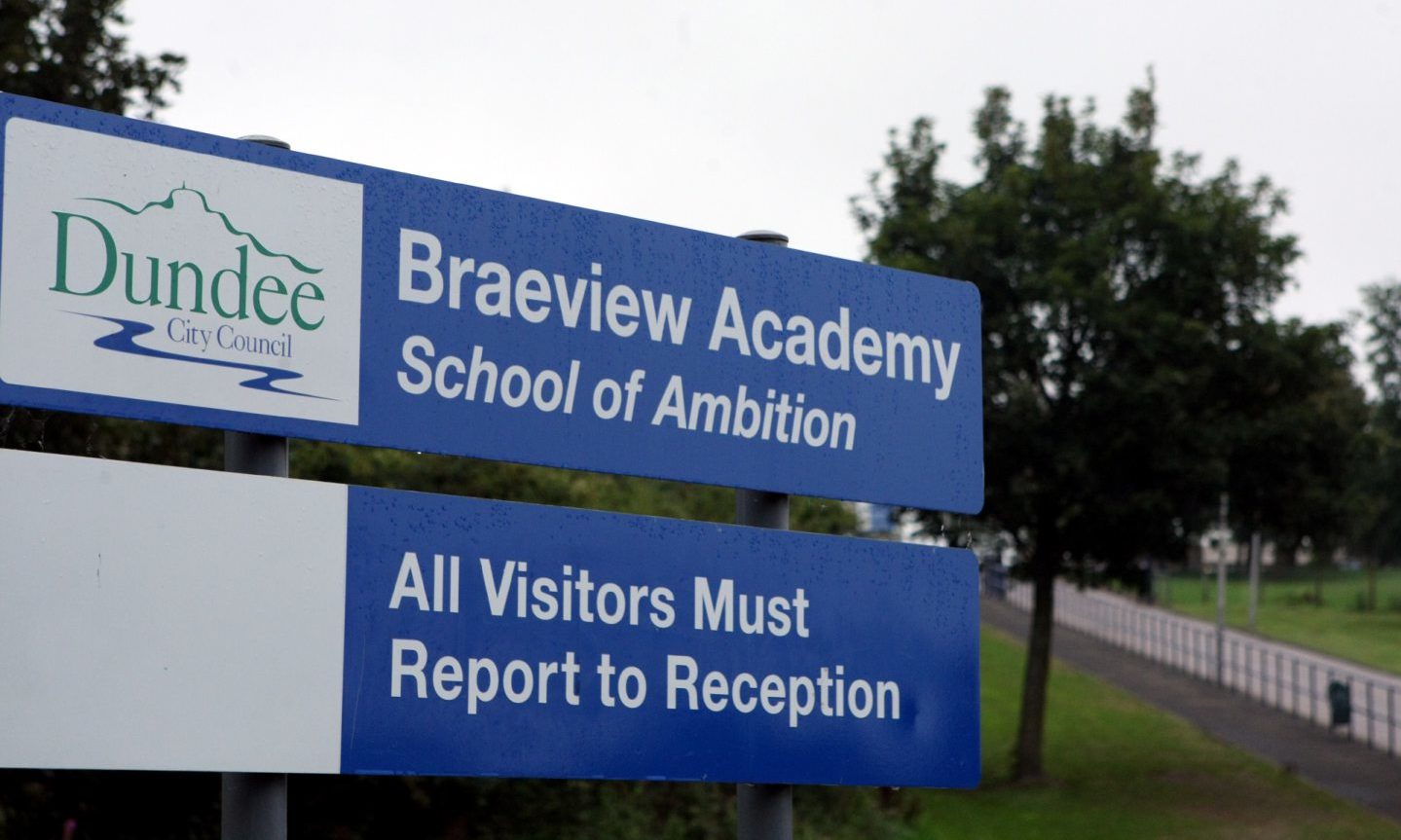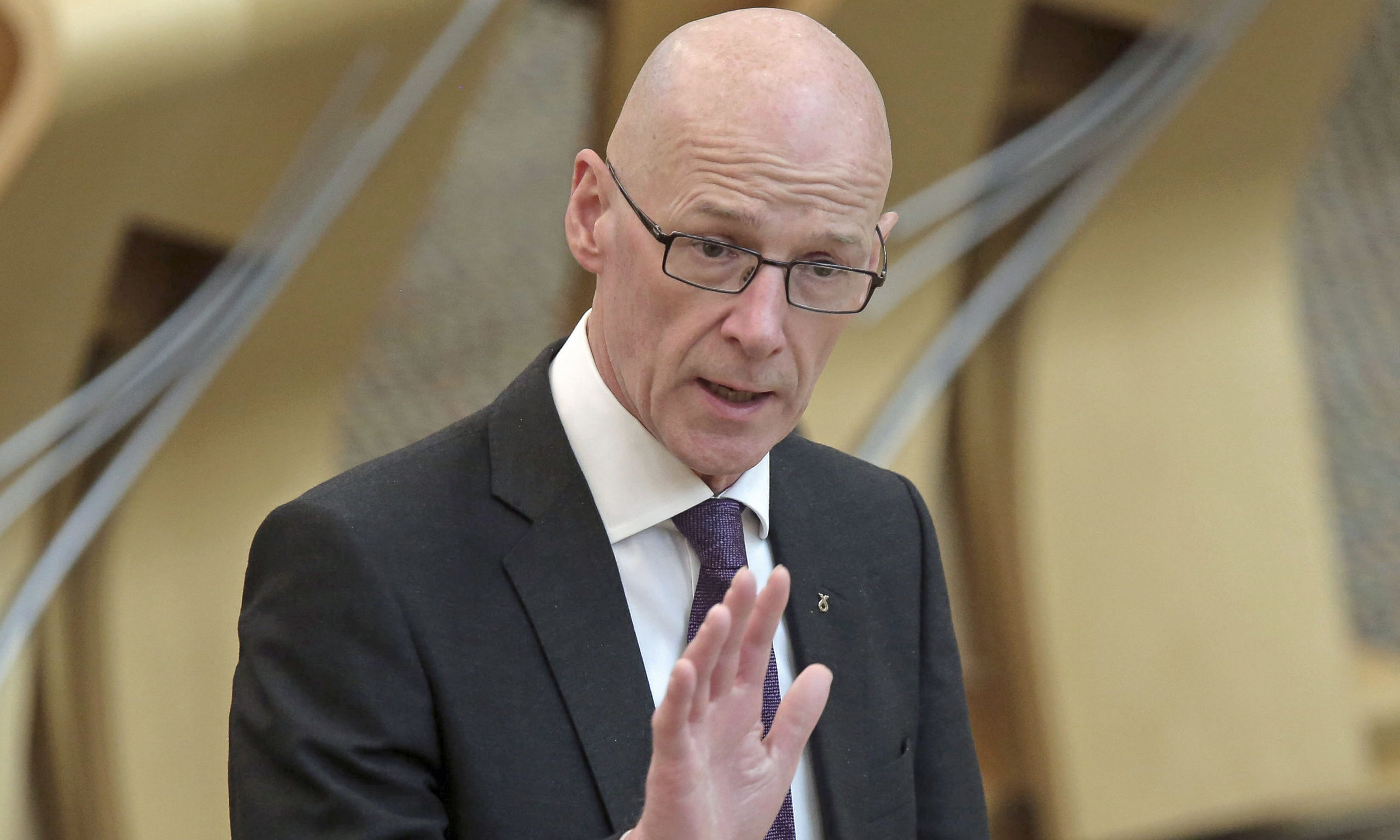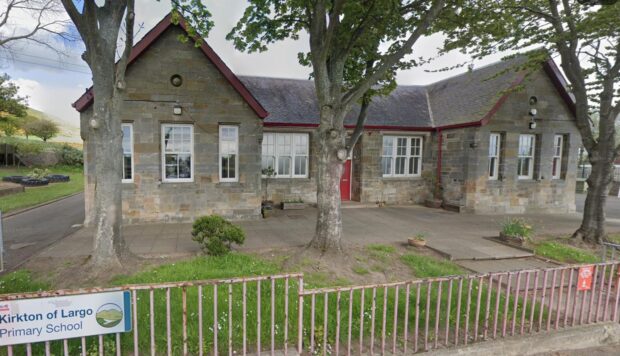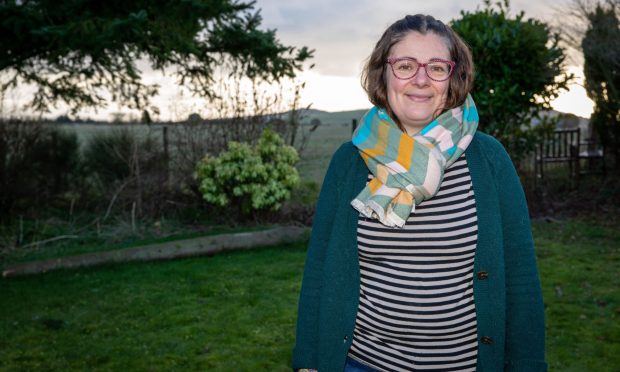Challenges remain in closing the poverty-related attainment gap almost six years into a £750 million drive to help Scotland’s most deprived pupils.
The Attainment Scotland Fund was launched by the Scottish Government in February 2015 to improve the prospects of schoolchildren from the poorest areas.
Since then Dundee City Council – declared one of nine Challenge Authorities due to its high concentration of deprivation – has been given £18 million, and Fife Council has been given £3m for schools with significant proportions of pupils from poorer areas.
In addition schools in all areas of Scotland have shared in £242m of Pupil Equity Fund grants for head teachers to spend on initiatives within schools.
Pre-Covid picture
The latest evaluation of the campaign’s success was conducted before schools were closed by the Covid-19 lockdown, which is expected to have impacted on attainment.
Even then, it found no consistent pattern of improvement had been shown in bringing attainment of pupils in the poorest areas closer to those of the most affluent areas.
However, the government said that nine out of 10 head teachers surveyed reported seeing an improvement, and pointed to “systemic change” in culture and ethos and a “greater understanding” of barriers faced by pupils from disadvantaged communities.
Education Secretary John Swinney said: “It is extremely encouraging that the overwhelming majority of headteachers – 91% – are noticing improvements in reducing the poverty-related attainment gap as a result of ASF supported approaches.”
Where has the gap narrowed or widened?
Findings of the year four evaluation for 2018/19 were:
- In primary schools the gap narrowed for literacy attainment but widened slightly for numeracy between 2017 and 2019;
- For secondary pupils the gap narrowed for numeracy but for literacy widened slightly in Challenge Authorities;
- At National 5 level the gap narrowed slightly for Challenge Authorities but widened slightly for non-Challenge Authorities.
- At Higher and Advanced Higher level the gap narrowed.
Data was given for Dundee schools which showed 65.5% of primary pupils achieving expected levels for literacy in the most deprived areas in 2018/19, compared to 84.5% in the least deprived.
At National 5 level (SCQF 5) 68% of pupils in the most deprived areas achieved a pass, compared to 93.5% in the least deprived areas. At Higher level (SCQF 6) the percentages were 39 and 75.7, respectively.
The report concluded that assessment of progress in closing the gap was “nuanced”.
It said “there are aspects which indicate positive progress” but added: “The overall trends emerging from the attainment data demonstrate the challenge which remains related to closing the poverty-related attainment gap between the most and least deprived pupils.
“This reaffirms that the commitment to closing the poverty-related attainment gap is a long term one with a need to work in partnership to facilitate, broker and support action to maximise the progress towards closing the poverty-related attainment gap.”
Future analysis, it said, would also need to explore the impact of Covid-19 on ASF in seeking to close the poverty-related attainment gap.
The overall trends… demonstrate the challenge which remains related to closing the poverty-related attainment gap between the most and least deprived pupils.”
Scottish Government report
The report concluded there was “some progress” in closing the attainment gap but the picture was varied and quantitative measures “do not yet show a consistent pattern of improvement”.
Positive progress had been made in a number of areas, it said, including the development of embedded and sustained practices to address the impact of the gap, positive developments across the education system towards inclusive practices and reported evidence of perceived impact.
A survey of more than 1,100 head teachers reported found 98% expect to see the gap closing over the next five year.
Mr Swinney said: “This remains central to our plans and with the challenges presented by the current pandemic our efforts to deliver equity in education are more important than ever.
“Our policies have resulted in the highest level of education investment per person across the UK.
“This year alone we are investing a further £182 million through the Attainment Scotland Fund, and have confirmed that, for the first time, more than £250 million of Pupil Equity Funding will be made available to 97% of schools over two years in 2020/21 and 2021/22.
“Our commitment is a long term one and that is why we will extend the Scottish Attainment Challenge for a further year beyond this parliamentary term at current funding levels for 2021/22.”
